The spectacle of Formula 1 powerboat racing must be seen in person.
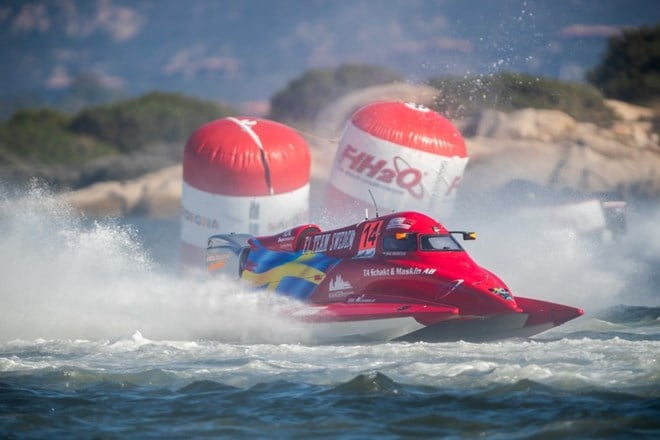
Formula 1 powerboat racing involves high-speed, precision turns. Photo: F1H2O World Championship
Spectacular on the track Formula 1 powerboat racing is the most spectacular water sport in the world. The race has been described as driving an F1 racing car at top speed on a ploughed field. Formula 1 powerboats accelerate faster than even the most modern F1 cars, reaching speeds of 160km/h in just 4 seconds. The sport is competitive, exciting, challenging, daring, adventurous and exciting. Formula 1 powerboat racing is the ultimate extreme sport. You have to witness the race to feel the spectacular of this sport. Spectators are fascinated by the lightweight catamarans that defy gravity and are almost airborne when traveling at high speeds with only part of the boat in contact with the water. What is amazing is that these boats can maintain balance at speeds of over 225km/h, turn at speeds of 150km/h without braking and shifting gears. Moreover, with limited visibility, a small error in judgment can spell disaster at high speeds. Driving a powerboat is like flying a fighter jet. The driver needs to be able to make split-second decisions and have nerves of steel, because once strapped into the safety box, he only has skill, courage and a certain amount of luck to achieve success on the track. Competition between speedboat racers often thrills the crowd with near-collision overtakes and daring maneuvers as they launch their boats across the water at high speeds, with remarkable agility and excellent steering skills.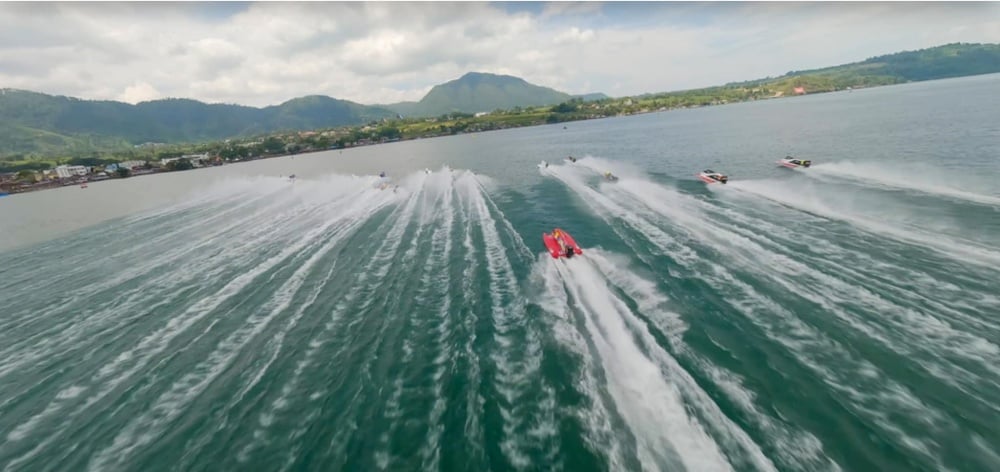
Formula 1 powerboat racing is likened to F1 racing on a ploughed field. Photo: F1H2O World Championship
World Championships Started in 1981, the Formula 1 Powerboat World Championship is similar to F1 for cars and operates under the same rules. Around the world, teams from different countries compete in Grand Prix races managed by the Union Internationale Motonautique (UIM). Races are held at venues around the world that are selected based on water conditions, infrastructure, public access, local hotel facilities and telecommunications facilities. Since the 2009 season, each F1 World Championship venue has held two Grand Prix races – one per day. Each race lasts 30 minutes, with two laps, with a maximum of 24 boats. Races Each circuit varies in size but is usually around 2,000 metres in distance. Each circuit has at least one long straight and a number of tight corners, mostly left turns and one or two right turns. The corners create G-forces of up to 4.5 for the driver, meaning their weight increases 4.5 times when cornering at speeds of over 100mph (F1 drivers on the ground only experience 2.5).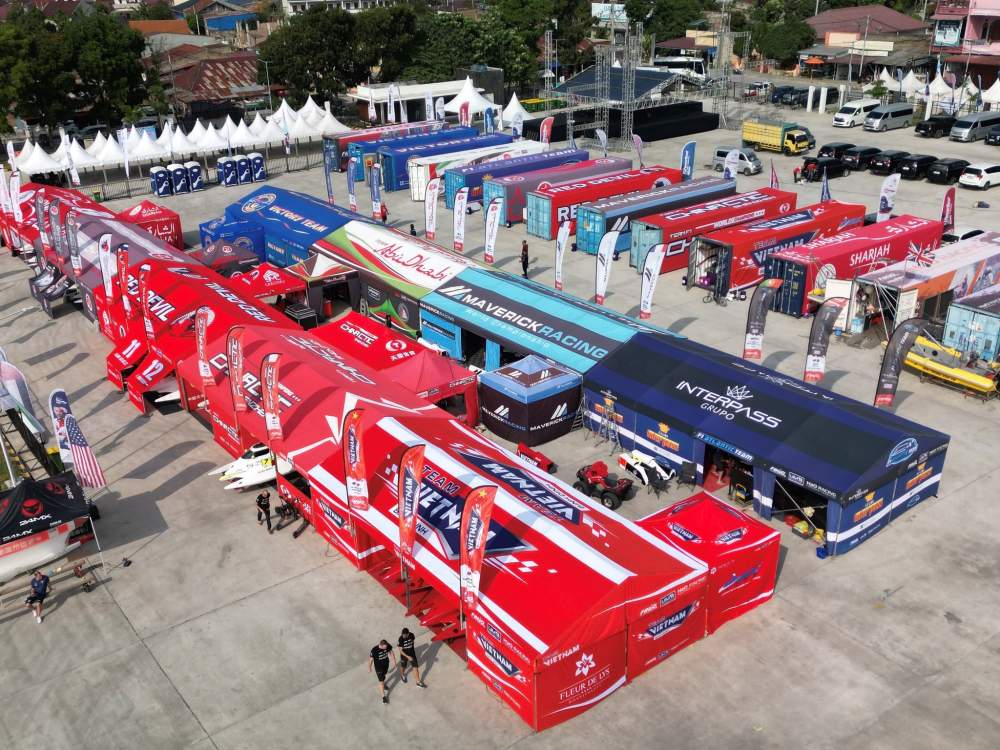
Teams must ensure that they meet the requirements for personnel and equipment, and are provided with a tent and a private location. Photo: F1H2O World Championship
Water conditions Water conditions play a major role in the outcome of each Grand Prix. With currents and winds varying on each lap and constant spray, drivers often drive ‘blind’ at top speed, inches from their opponents. In the event of a “barrel-roll”, the airbag – which is mandatory above the driver’s head – inflates on contact with water. This allows the cockpit to remain above water until rescuers arrive. All drivers have a self-contained air supply fitted inside the cockpit as an additional safety feature. Teams Each team consists of a manager, one or two drivers, a mechanic, a radio coordinator, a technical coordinator and is equipped with infrastructure such as a trailer workshop and a marquee. Teams must have one or two catamarans with 2.5-litre engines and compete in eight to 10 Grand Prix events during the season. The Binh Dinh - Vietnam Grand Prix event is part of the Amazing Binh Dinh Fest 2024 Sports - Culture - Tourism Week from March 22 to 31, 2024.
Laodong.vn
Source

![[Photo] Tan Son Nhat Terminal T3 - key project completed ahead of schedule](https://vstatic.vietnam.vn/vietnam/resource/IMAGE/2025/4/15/85f0ae82199548e5a30d478733f4d783)

![[Photo] Prime Minister Pham Minh Chinh meets with General Secretary and President of China Xi Jinping](https://vstatic.vietnam.vn/vietnam/resource/IMAGE/2025/4/14/893f1141468a49e29fb42607a670b174)
![[Photo] National Assembly Chairman Tran Thanh Man meets with General Secretary and President of China Xi Jinping](https://vstatic.vietnam.vn/vietnam/resource/IMAGE/2025/4/14/4e8fab54da744230b54598eff0070485)

![[Photo] Reception to welcome General Secretary and President of China Xi Jinping](https://vstatic.vietnam.vn/vietnam/resource/IMAGE/2025/4/15/ef636fe84ae24df48dcc734ac3692867)




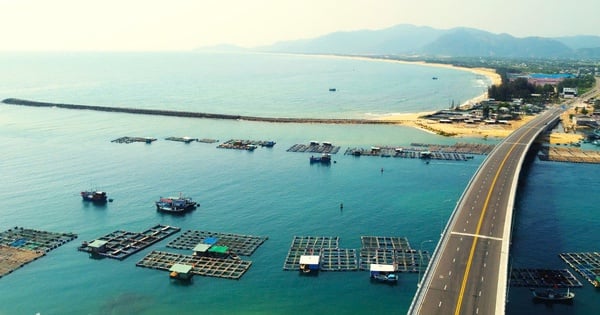


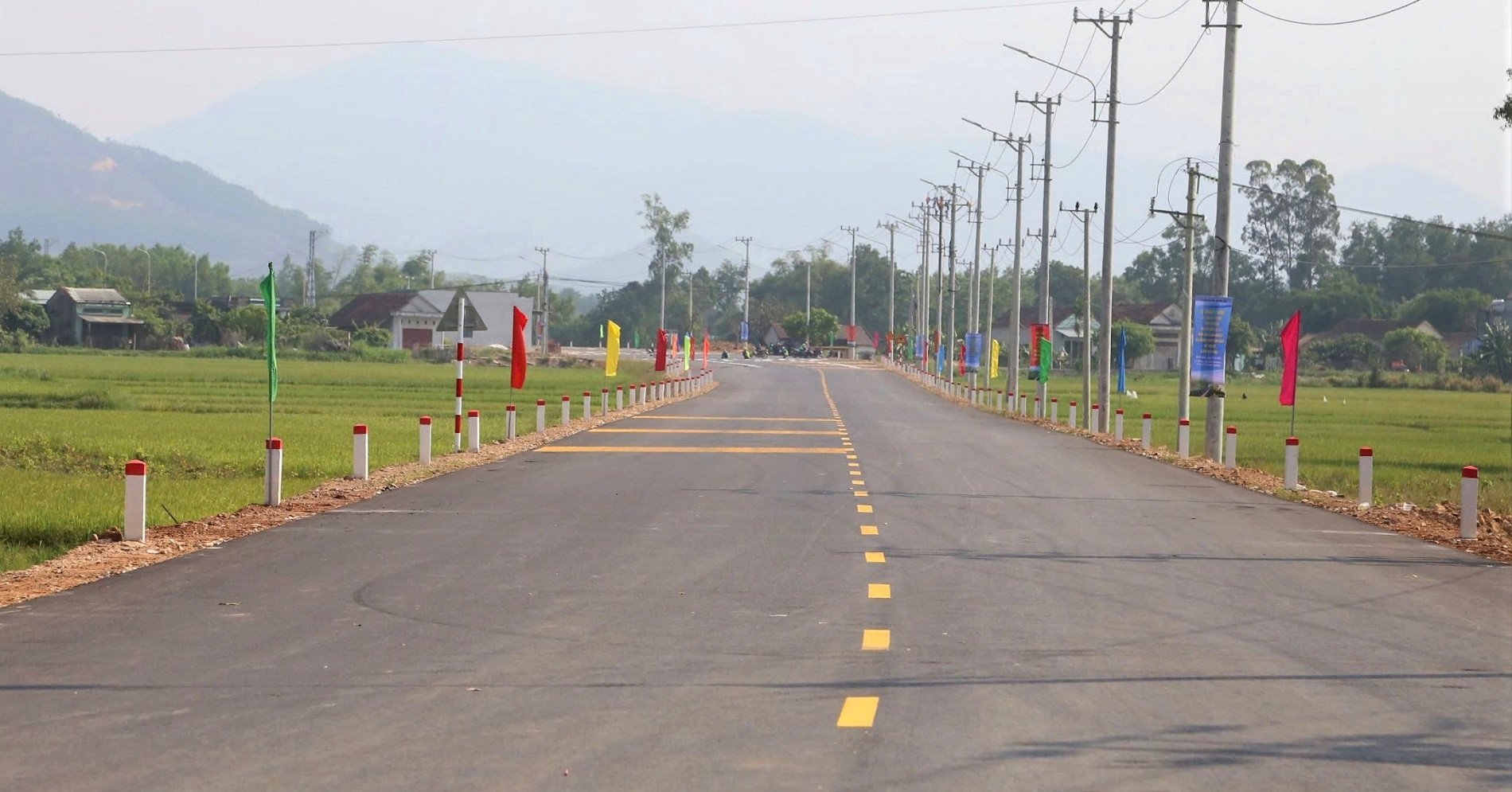

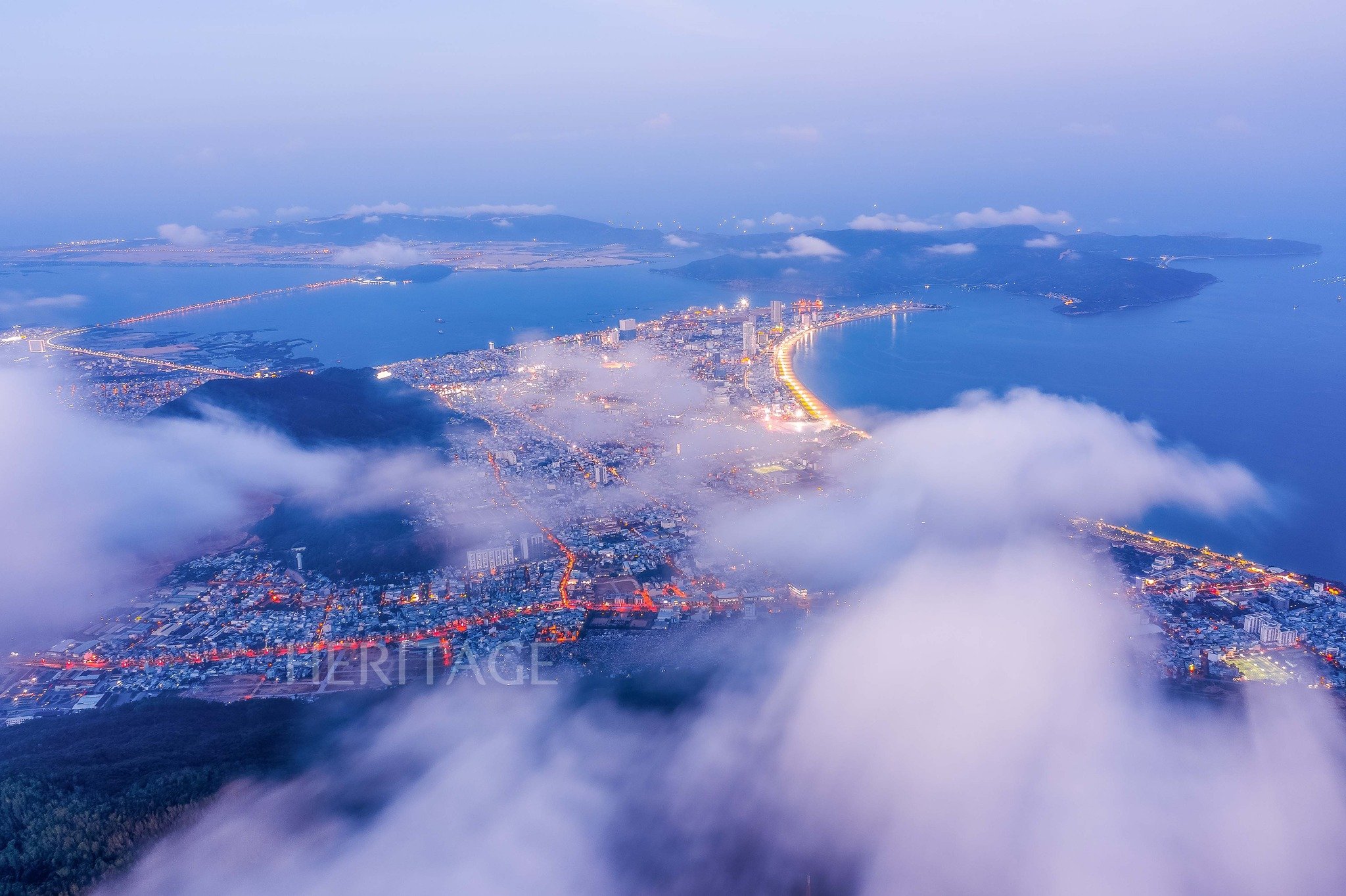

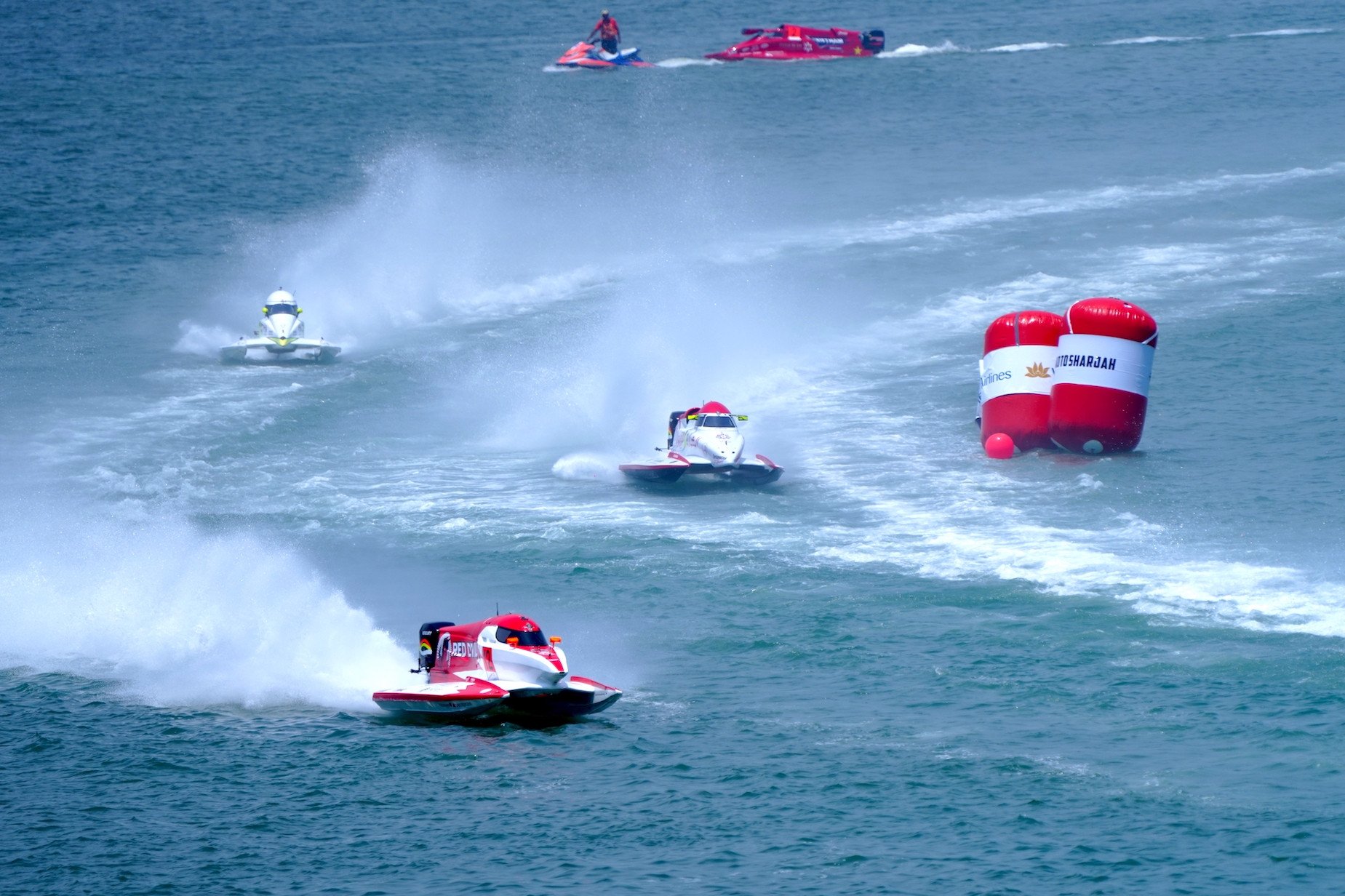
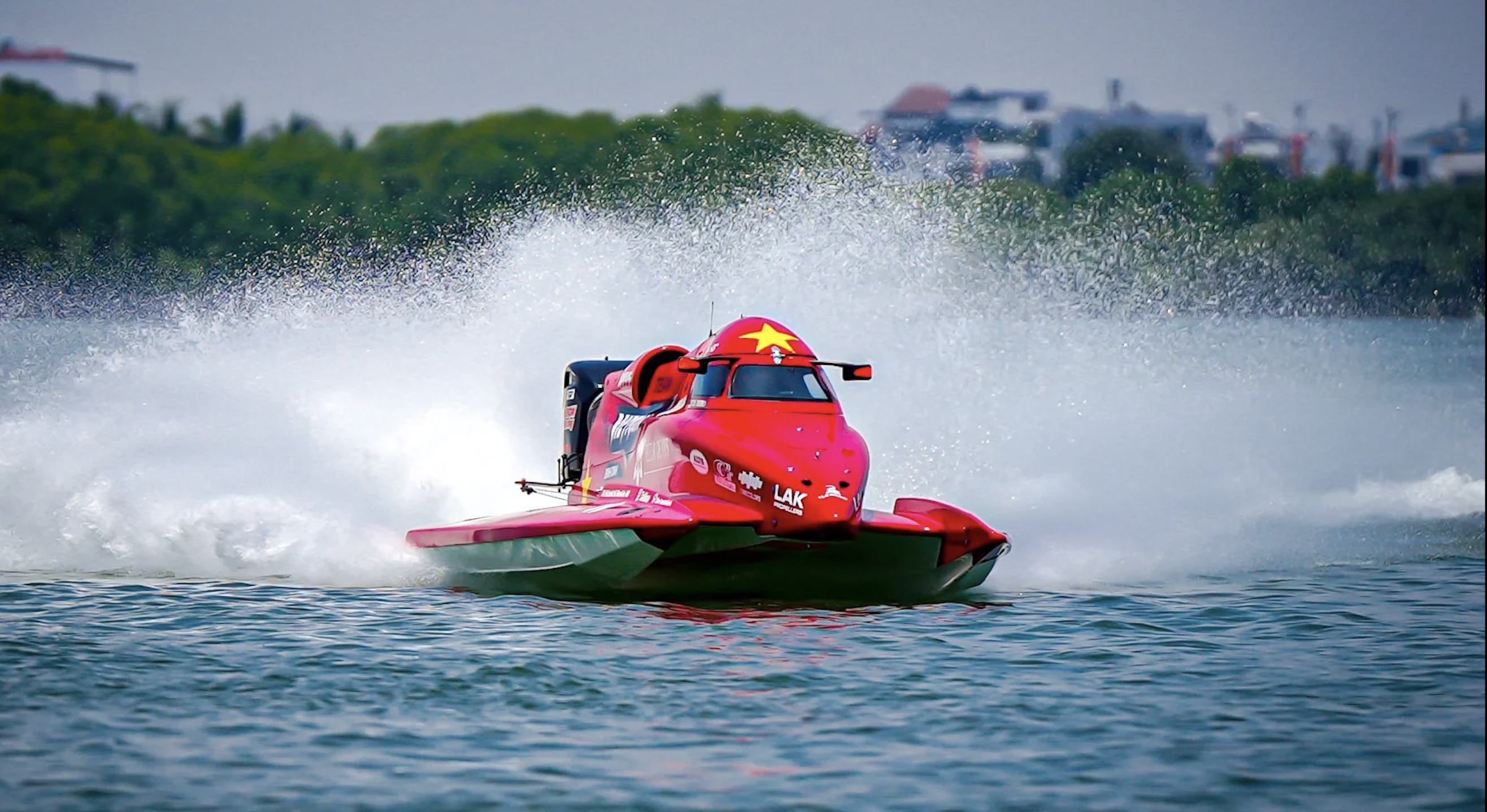
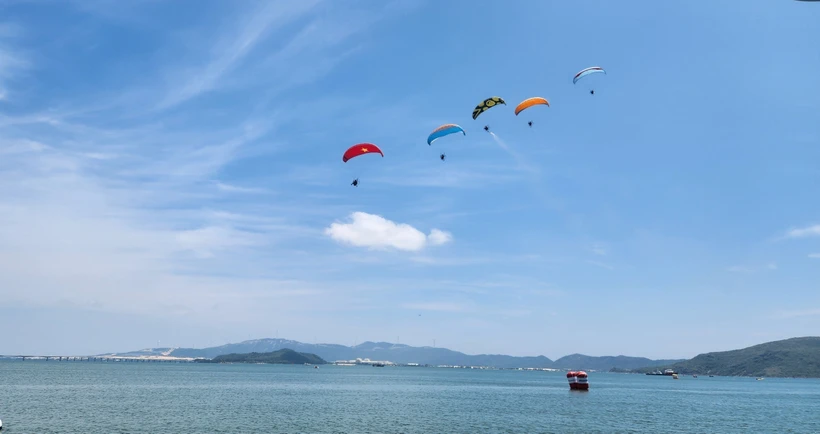
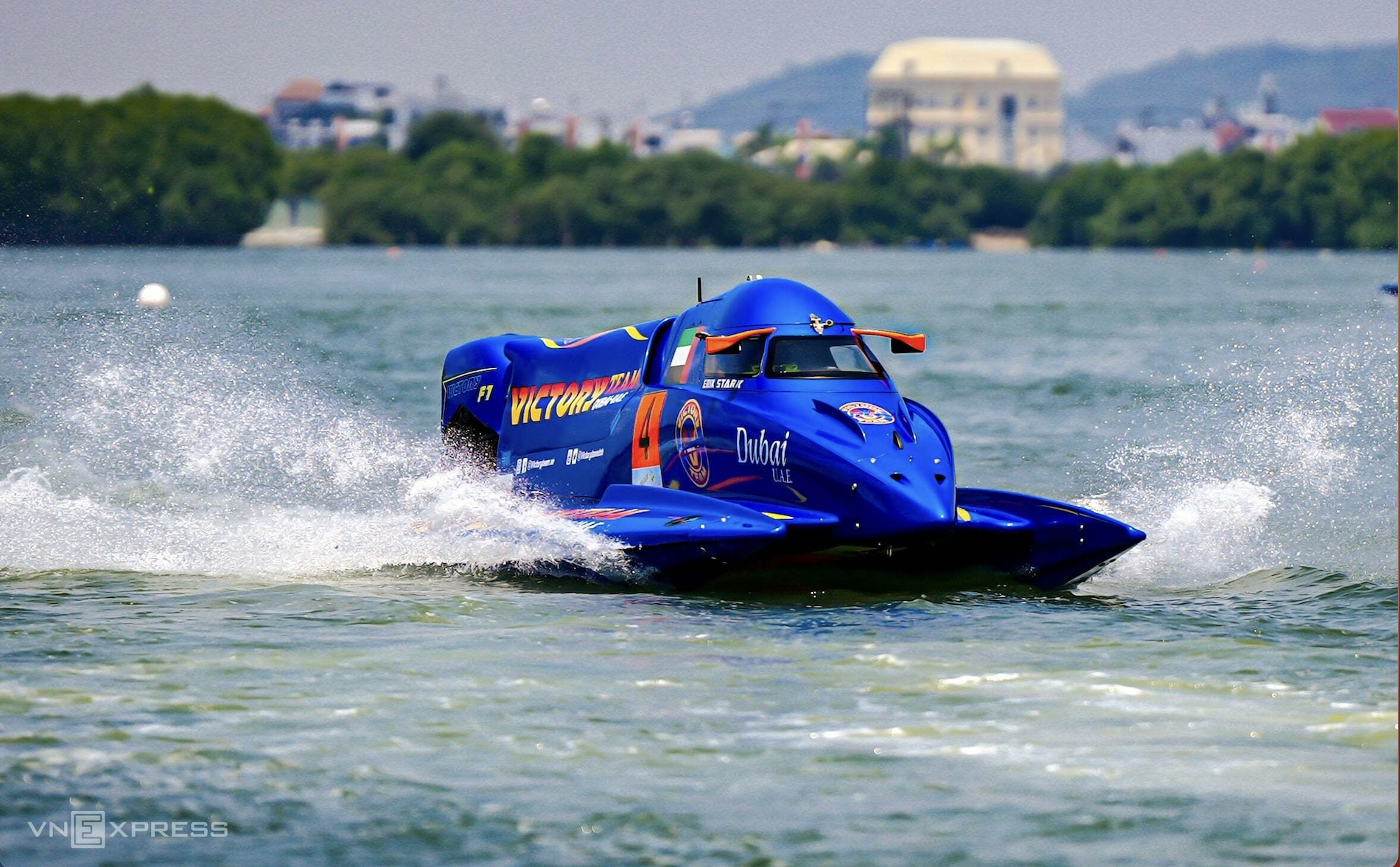
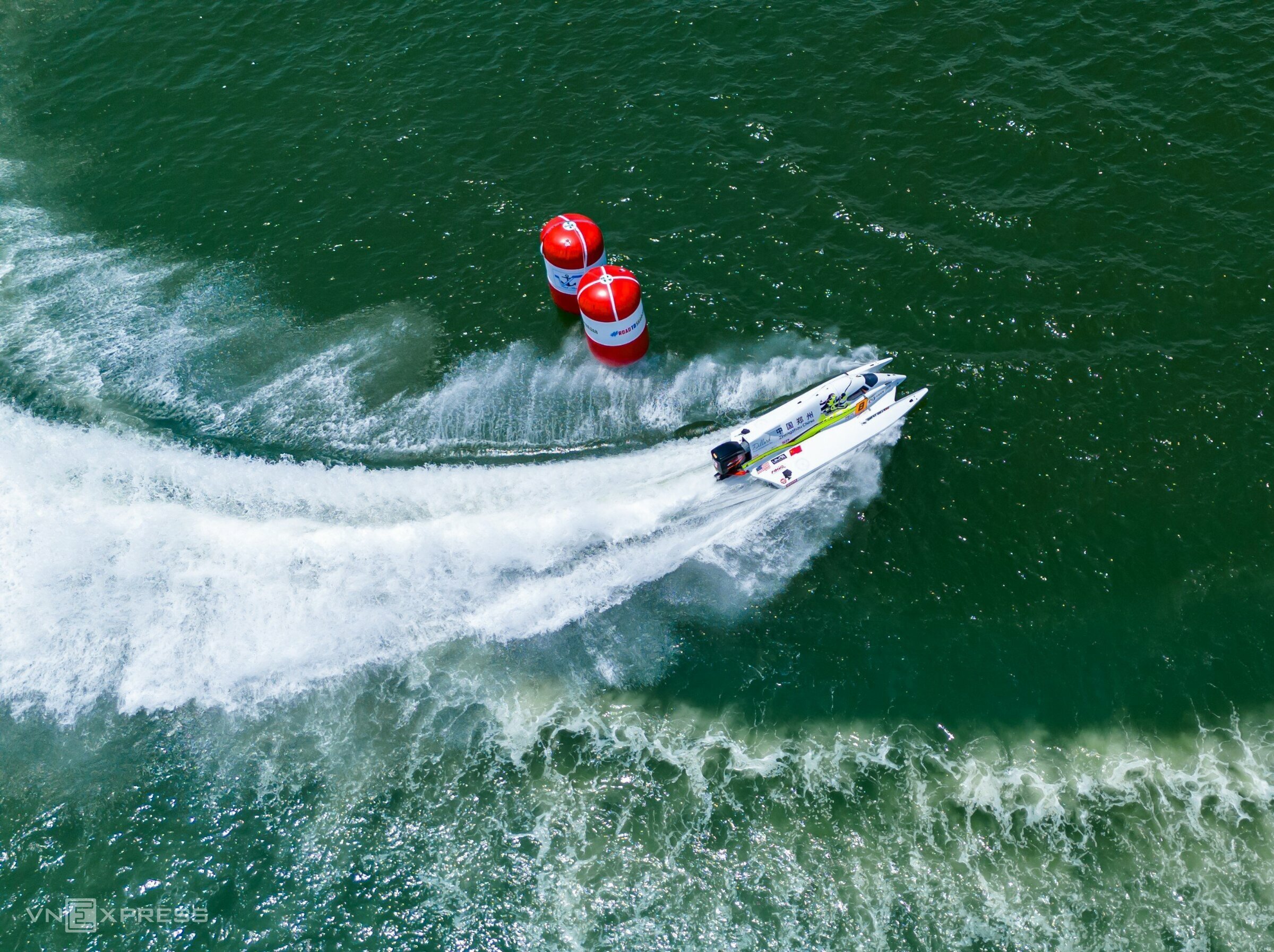
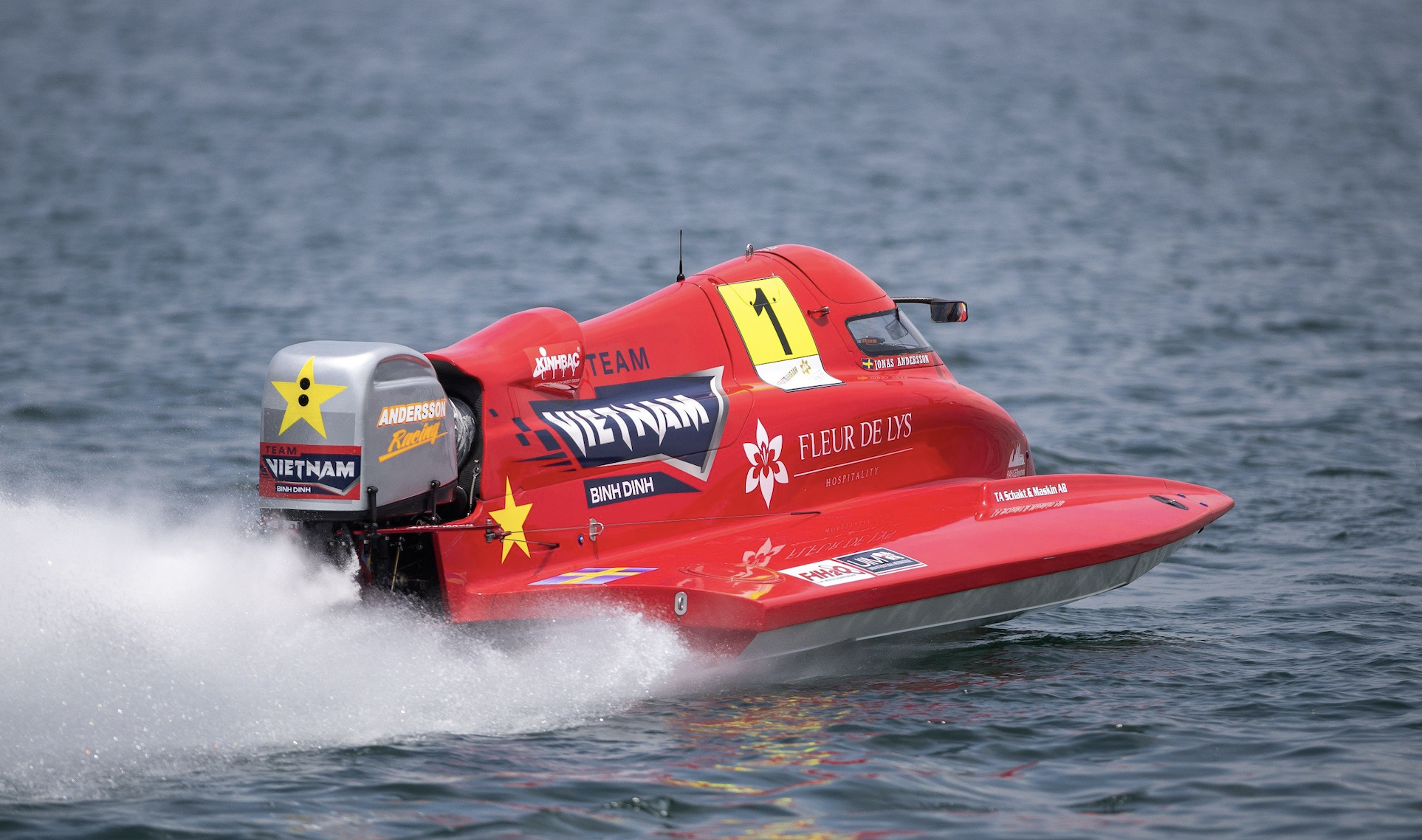


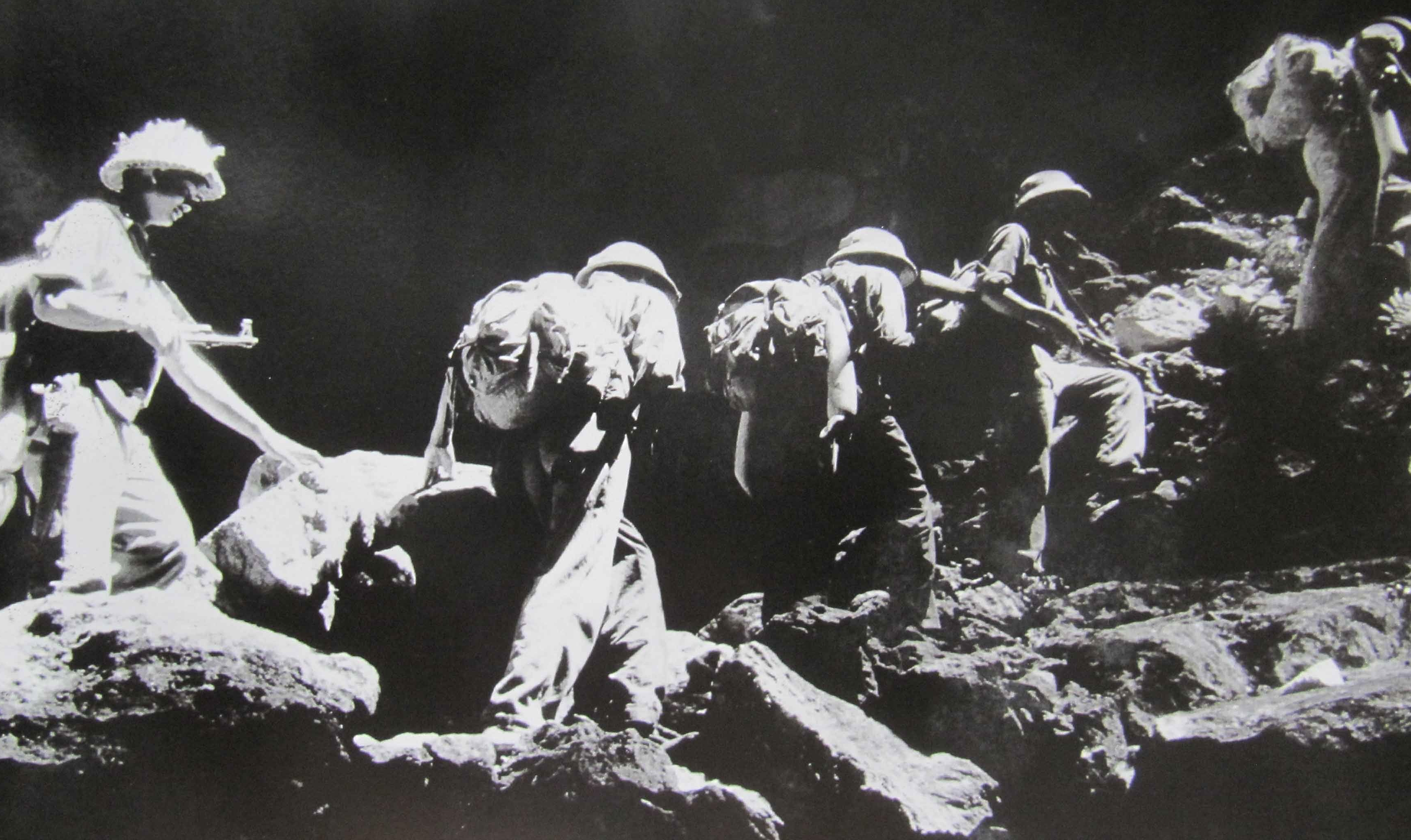
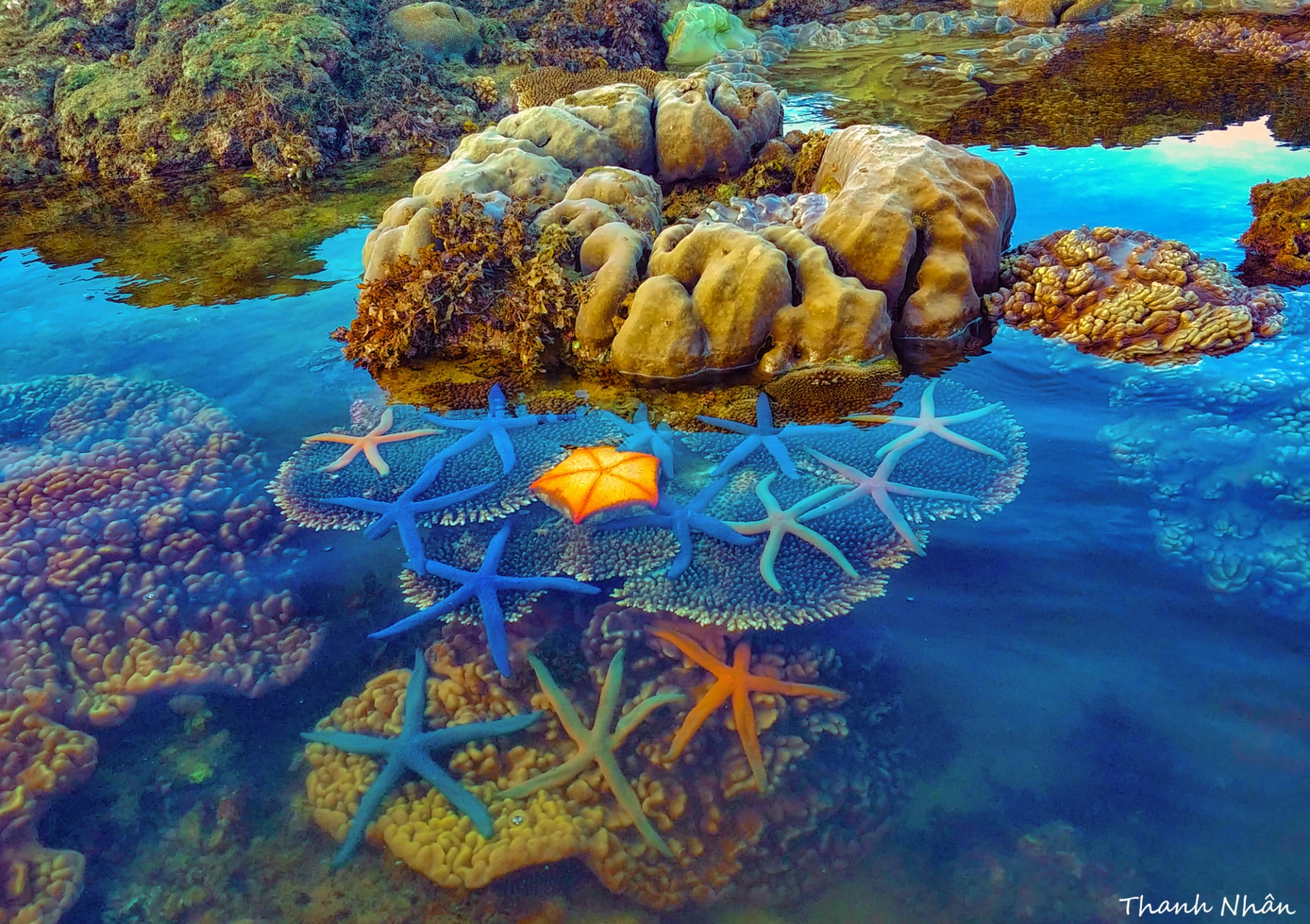
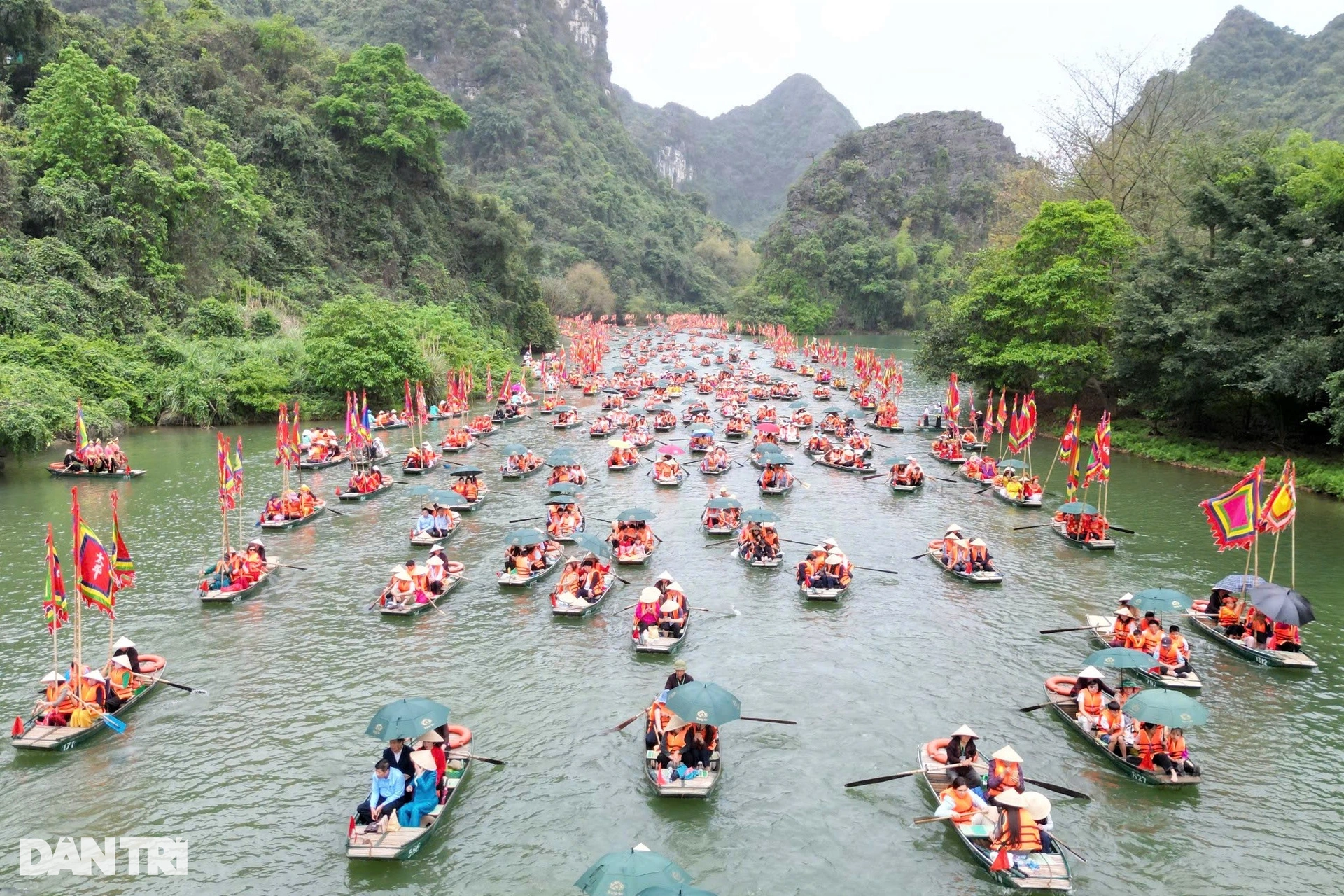




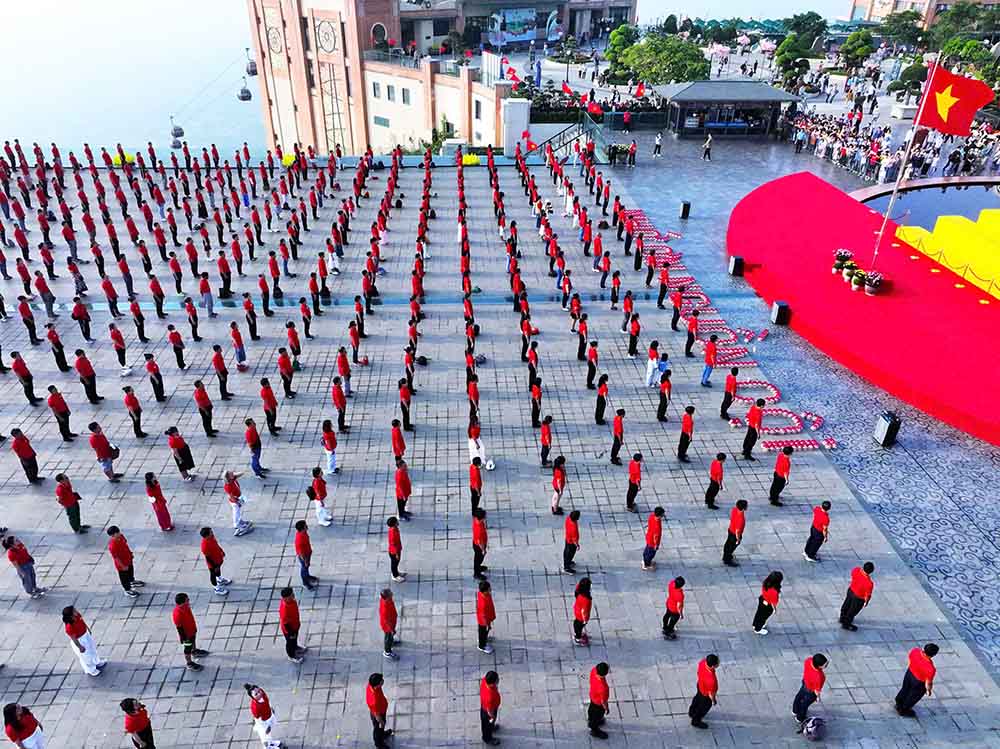


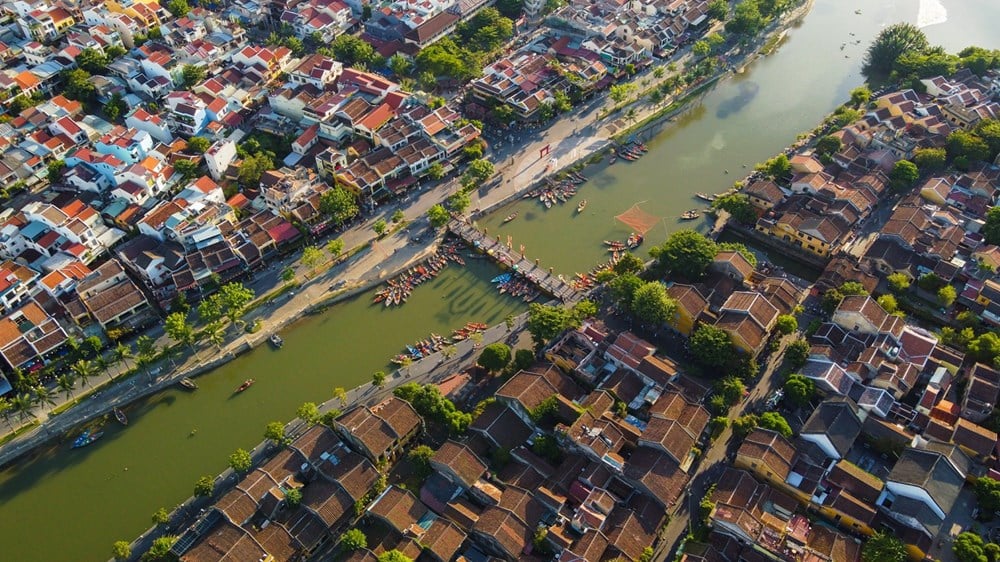















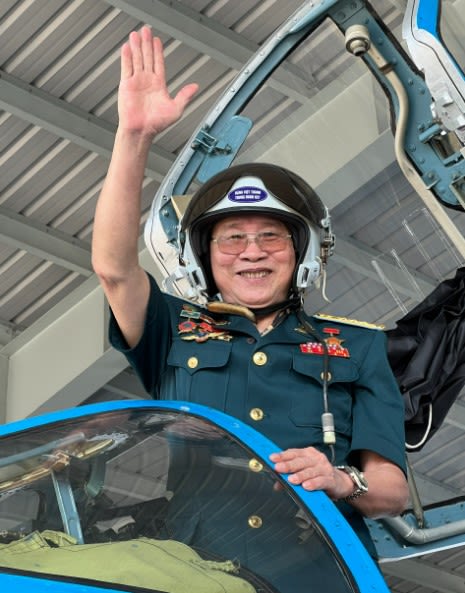
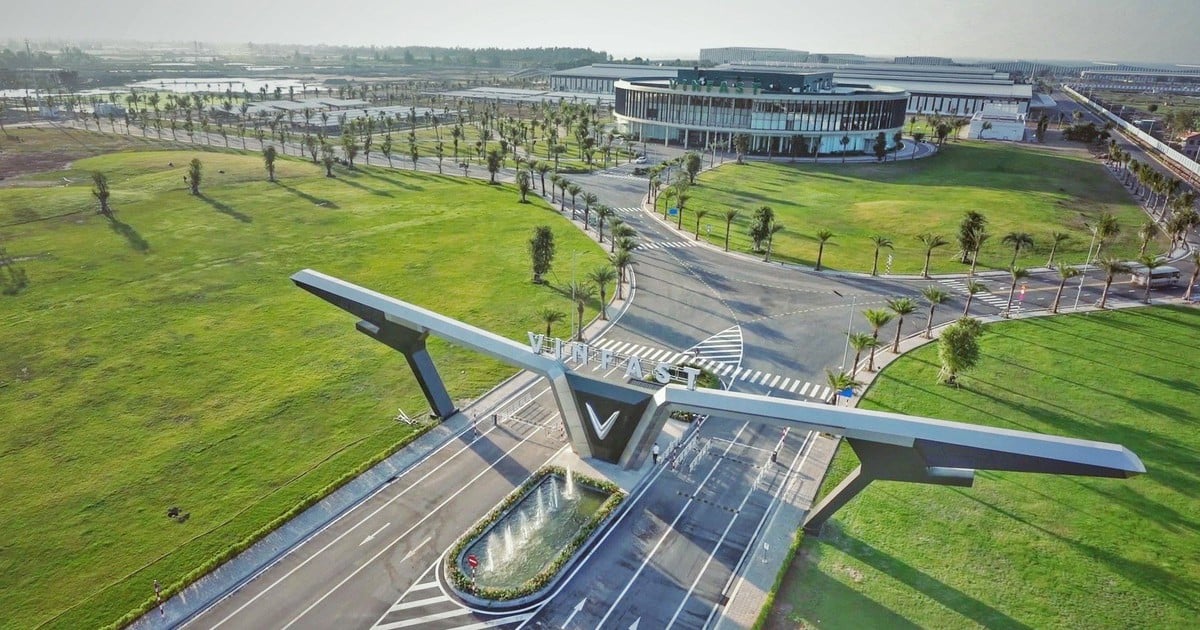

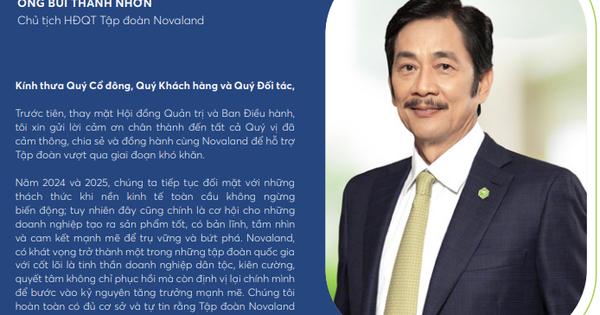









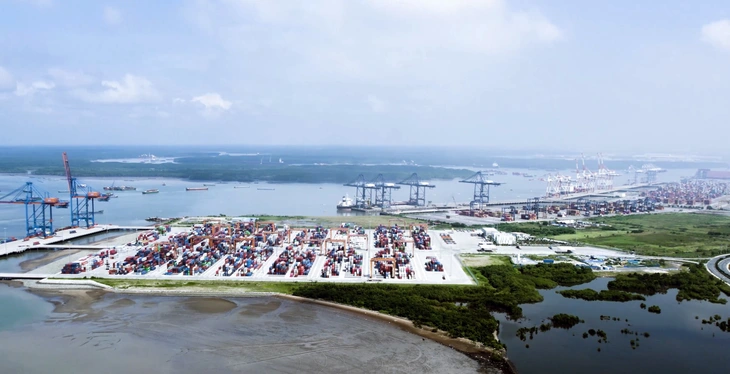






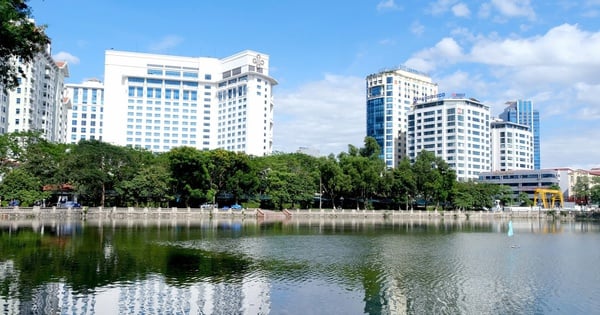
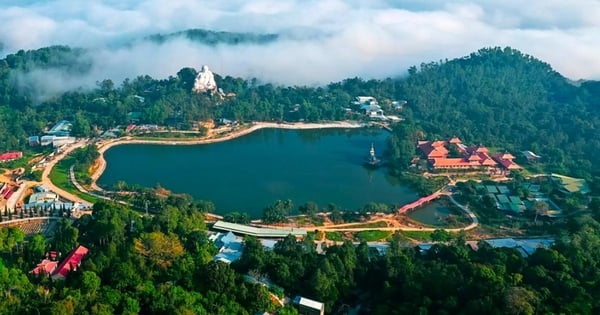







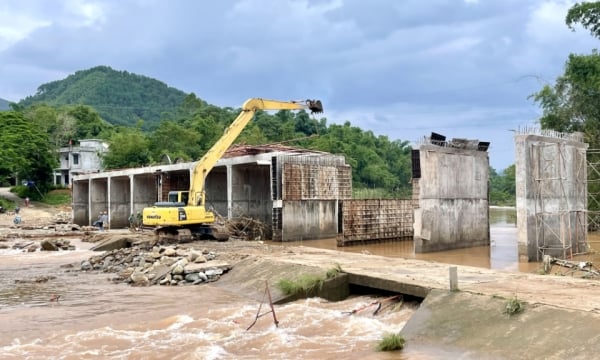















Comment (0)